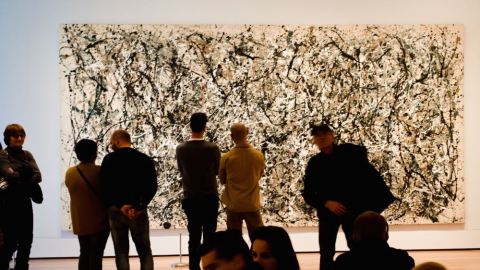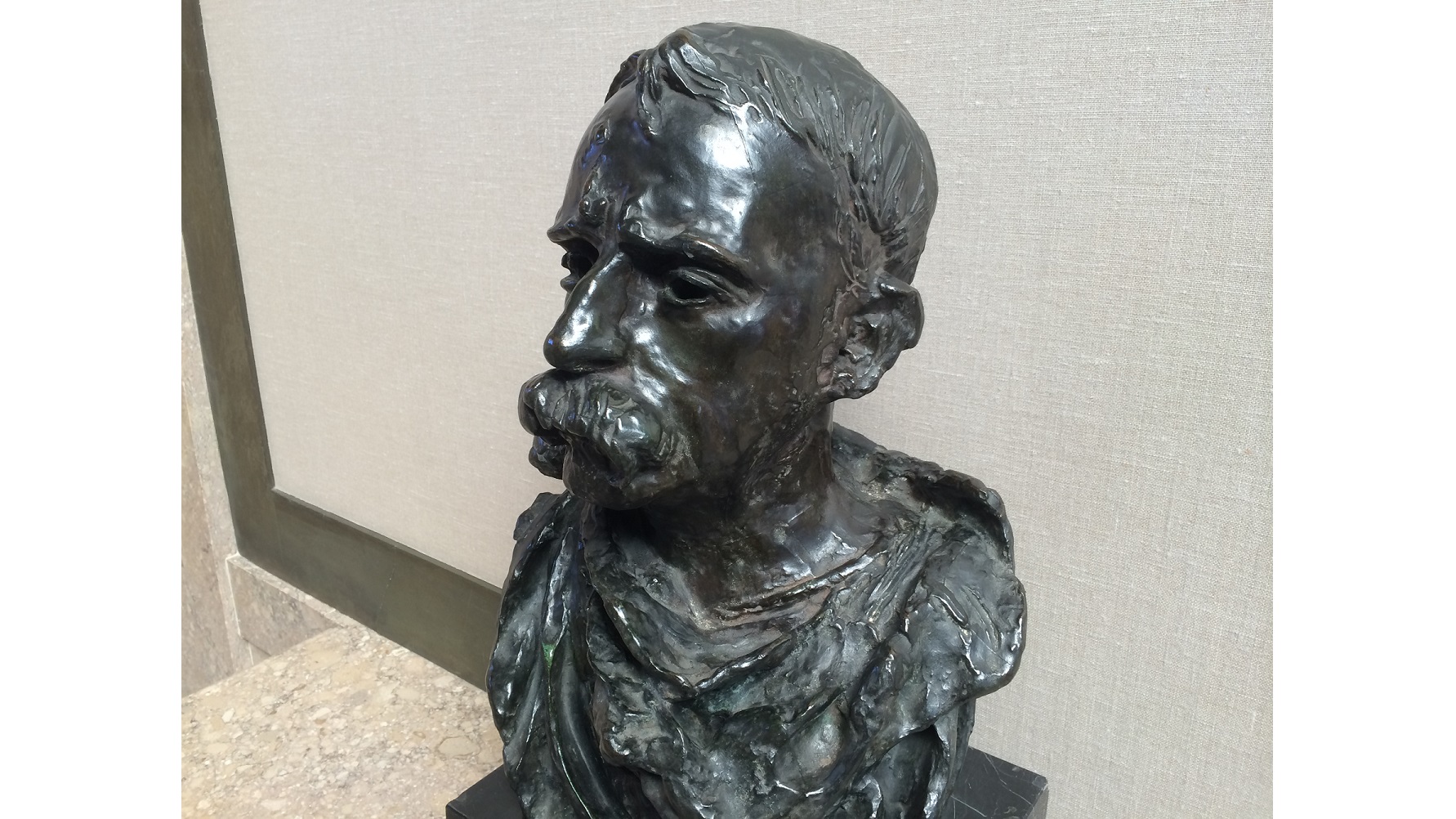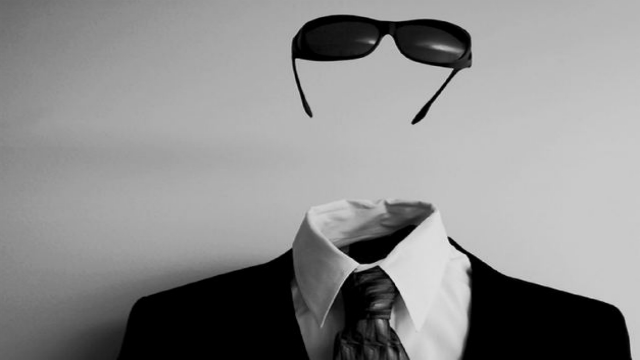For the Artist, Fame May Risk Ruining Their Best Work

When an artist achieves visibility in popular culture — when they become famous — their work is forever changed. They must embrace the fame, try to expunge it, or content themselves with being under the watchful eye of the public.
Writing at The New York Review of Books, British novelist Tim Parks suggests that success may be more stifling to an artist’s work than forever toiling in obscurity. At least the latter preserves the innocence of artistic creation, says Parks.
James Joyce and Samuel Beckett, for example, both reacted strongly against public recognition, making their work purposefully more obscure to undermine the ease with which they were being digested by the public.
But would we have been better off with a series of works more similar to The Dubliners and Waiting for Godot compared to their nearly impenetrable late-career works? We cannot say because there is no turning back from fame, and this is too bad, says Parks:
“Turmoil and dilemma once experienced with a certain desperation may be seen more complacently as the writer reflects that through expressing them he has realized his inevitable and well-deserved triumph.”
The early modern world of Joyce and Beckett, however, no longer exists, and artists may be better for that, says “internet-famous” musician and songwriter Jonathan Coulton.
The internet can simultaneously give an artist a solid fan base while allowing him or her to remain anonymous in the community in which they live. And that’s good for keeping them innocent, hungry, and humble:
Read more at The New York Review of Books.





